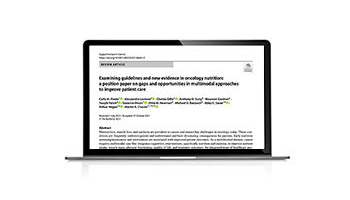The Power of HMB
- Logo
-

- Main Image
-

- Tagname
- ARTICLE
- Logo link
- title
- The Power of HMB in Supporting Patients' Muscle Maintenance and Recovery
- Content Reference
- /content/an/hcpproconnect/hk/en/home/adult/resources/public/sfl-hmb-v2
- Abstract
-
Muscle is a dynamic tissue. It is continually in a cycle of synthesis and breakdown (or degradation), building new tissue and breaking down old. To maintain muscle mass, the goal is to ensure that muscle breakdown is not happening faster than muscle synthesis.
- Publish Date:








Stay Connected